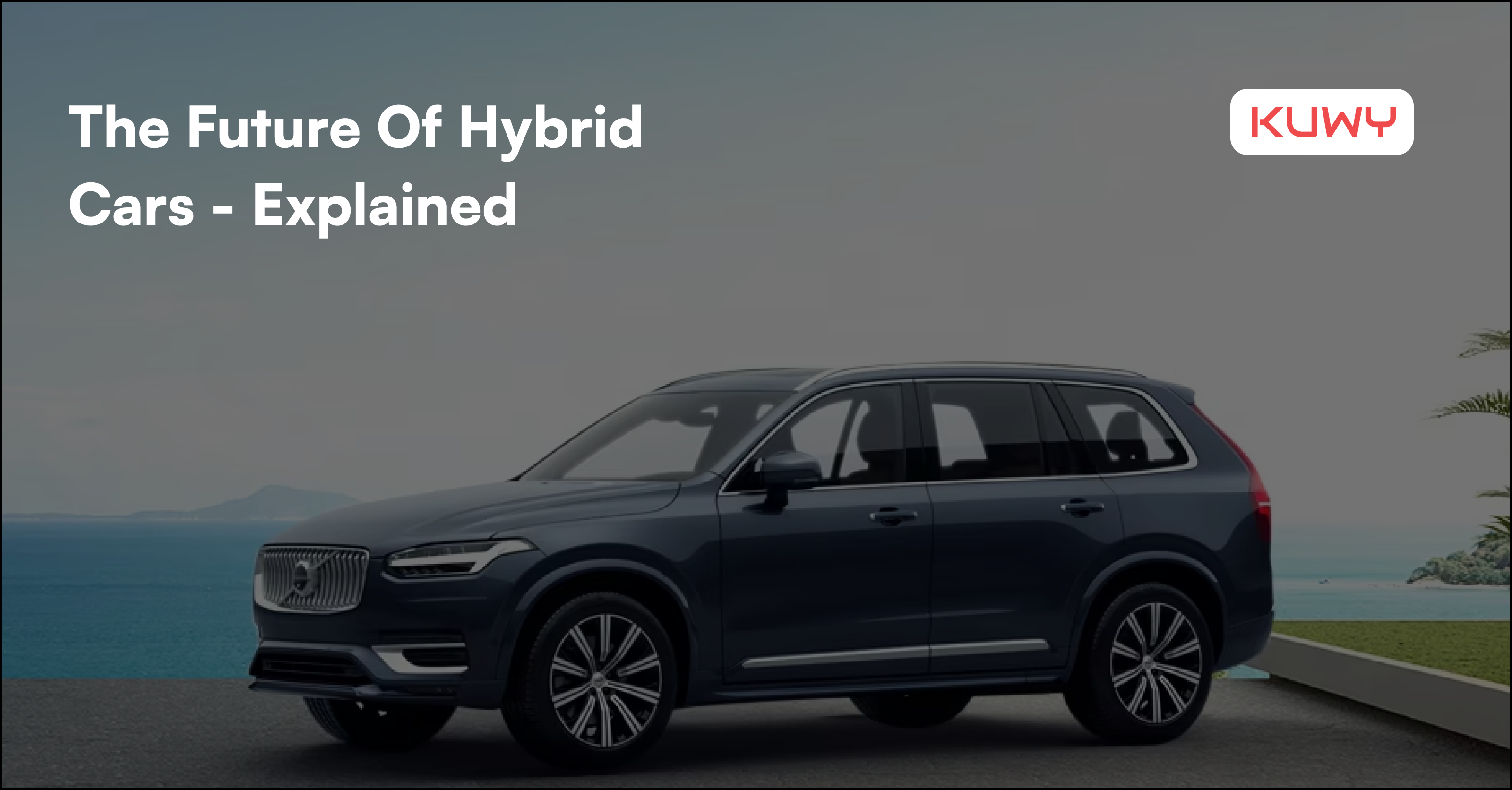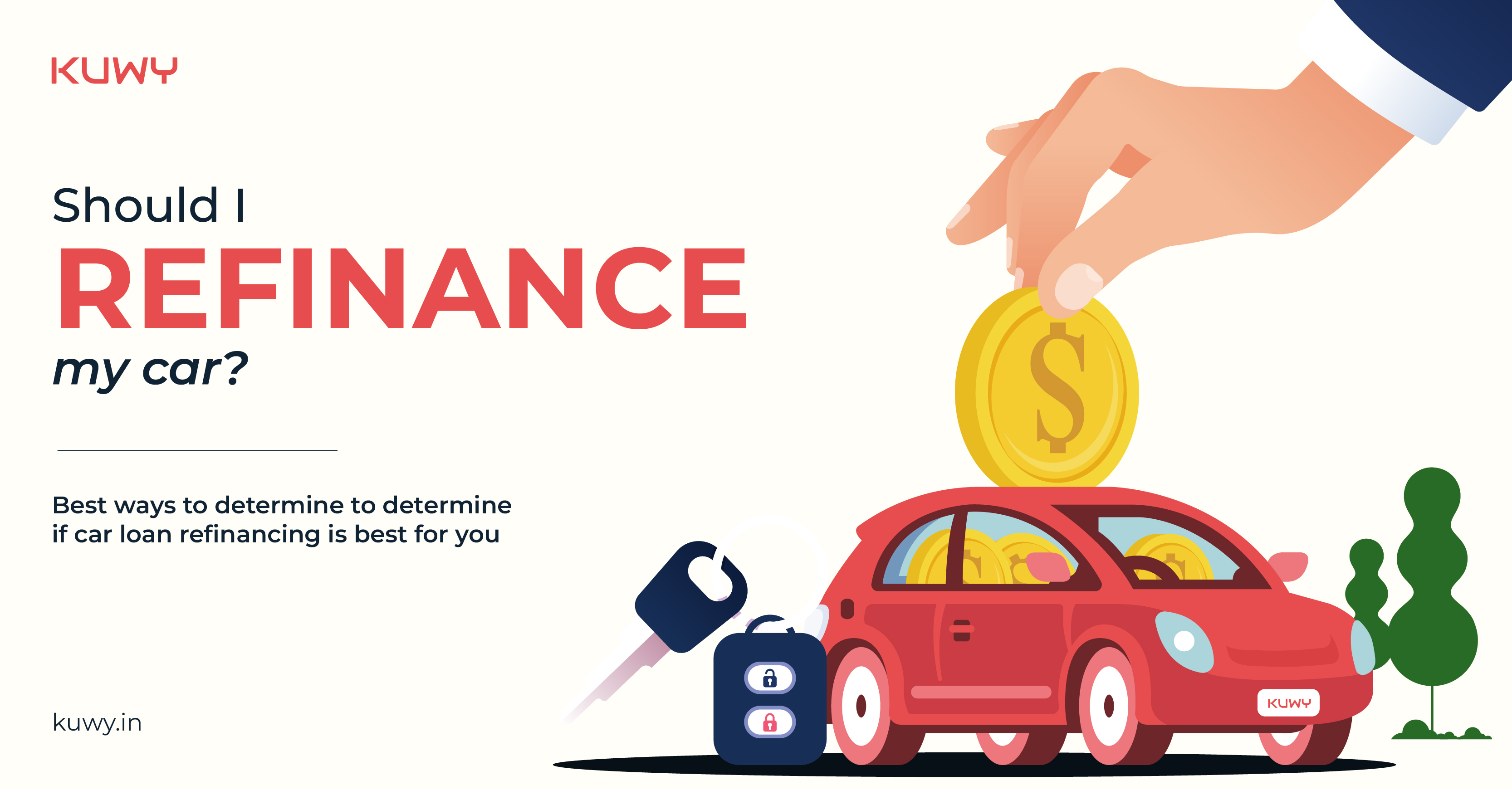HYBRID CARS:
We are quite familiar with fuel-powered cars such as petrol or diesel vehicles. In addition, Electric vehicles are slowly seeping into the market and trying to replace conventional ICs. Another type of vehicle disguised amongst the rest that we may or may not be aware of is the hybrid car. As the name suggests, these types of cars use both gasoline and electricity to make the vehicle move. In other words, some cars use fuel to power them and some use electricity while hybrid cars use both.
Types of Hybrid Cars
1. Mild Hybrids
Mild hybrids won’t propel the car using an electric system alone. Instead, the fuel system in the car is given a push by it, especially during the time of acceleration from a dead stop. Additionally, auxiliary parts of the car such as an air conditioner are run by electric power. The disadvantages of this type of hybrid car overpowers the advantages; These cannot be driven on electricity alone. Also, they don't offer vast improvements to efficiency in the way 'full' hybrids do. The two benefits that come with this sort of vehicle are that it uses less petroleum than fuel-powered engines and is less expensive than fully hybrid cars.
- Full Hybrids
Full hybrid vehicles have an electrical component in addition to a gasoline engine, just like mild hybrids. Yet, compared to a mild hybrid, a complete hybrid vehicle's electrical system is capable of handling a far higher workload. Majority of full hybrids can travel a certain distance using only electric power thus making them environmentally friendly.
On the other hand, the major con is that they cost a fortune.
- Plug-In Hybrids
All of the hybrid cars mentioned above only use internal energy to recharge their batteries. The key distinction between plug-in hybrids and other automobiles is that the batteries in these models may be charged both internally and outside. Hence, compared to complete hybrids, plug-in hybrids typically have longer electric-only driving ranges. In a way, plug-in hybrids act as a midpoint between fully electric and fully hybrid automobiles. Plug-in hybrid cars create better air quality for the environment by reducing emissions, but they also allow us to save gas money with better fuel efficiency. But, the demand for such cars is quite high and it might be difficult to get our hands on them. They also cost much more than a full-hybrid car.
Advantages of Hybrid Cars
Firstly, fuel-powered cars embed a carbon footprint that can be vicious to nature. As time goes we ought to be more sustainable and prevent greenhouse gases from destroying the ozone. Switching to a hybrid car enables us to power our vehicles using gasoline and electricity thus reducing pollution. Moreover, due to shooting fuel prices, these cars can save some bucks for us. Secondly, hybrid cars' engines have less frequent wear and tear since they have two power sources: an electric motor and a gas engine. Compared to vehicles that only use combustion fuel engines, this frequently results in a lower requirement for oil or coolant as well as lower ongoing maintenance expenses. Lastly, we do not need to fear the range of electricity. Assuming that the charge ends, the power source switches to the fuel engine.
Disadvantages of Hybrid Cars
One of the major cons of these cars which makes people hesitant to purchase them is their cost. Leasing or purchasing a hybrid typically costs more than a comparable gasoline-powered alternative. This can be offset by fuel savings, and federal subsidies can undoubtedly be helpful. Nevertheless, if you decide to switch to a hybrid, you'll probably have to agree to spend more upfront. Another issue with these cars is the battery replacement cost can be super high though regular service might not be required. Lastly, they’re not as environmentally friendly as Electric Vehicles.
India’s Trend of Hybrid Cars
India has seen a small growth in the EV market and is expected to grow further. Introducing the concept of hybrid cars has opened up more options for people. India does not have many chagrin stations yet and using an EV can be quite difficult and hybrid cars offer the best solution for that.
As depicted in the graph above, HEVs are expected to grow at a slow steady rate by 2030 though EVs might be more prevalent.
Happy and fun learning!




